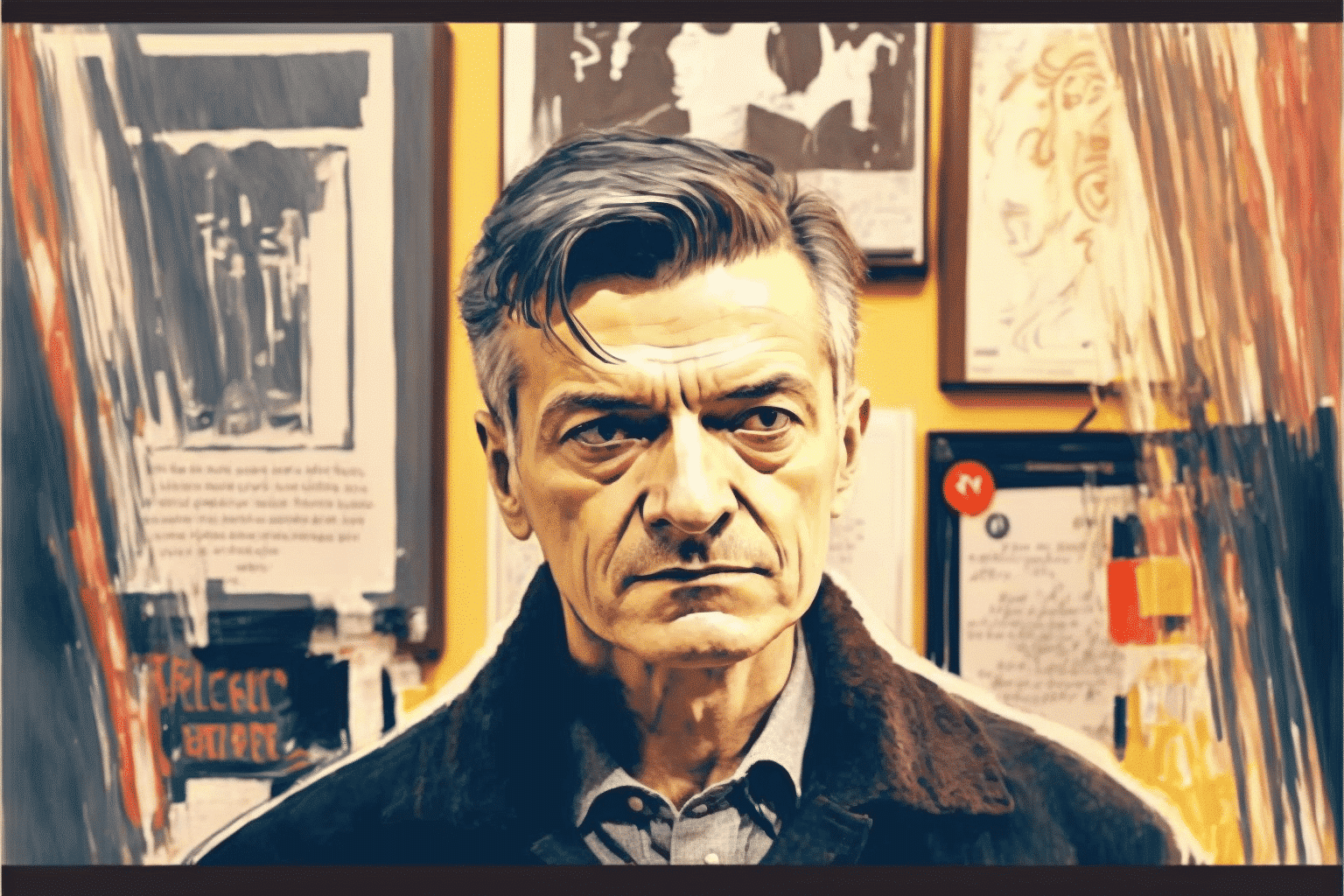A Spanish collector, Guillermo Chamorro, is being tried for forging 15 art pieces by well-known artists like Edvard Munch, Saul Steinberg, and Roy Lichtenstein.
These forged works were sold at various auction houses in Europe. According to El País, the Madrid prosecutor’s office is requesting 6.5 years in prison for Chamorro on charges of fraud and theft of intellectual property.
The case was uncovered in 2019 after an Austrian collector, Tomas Weber, reported that a lithograph by Eduardo Chillida that he purchased from Hampel Fine Art Auctions in Munich for 3,900 euros was a fake offered by Chamorro.
In March 2019, Spanish National Police conducted raids after Weber uncovered that a Chillida lithograph he owned was fake, and also identified two more fake Chillida works at Barcelona’s Setdart auction house.
During the raids, the police seized 7 Chillida works, 2 Lichtenstein works, and 1 Munch work from Setdart and later found five more unregistered pieces by Chamorro in a warehouse.
The police currently have 10 of the 15 works Chamorro is accused of forging.
At the trial, Chamorro claimed to be a well-known art collector who began collecting at the age of 14 and was approached by Hampel in 2017 to buy some of his collection.
He sent 29 Munch works, including several versions of the Scream, valued between 250,000 and 300,000 euros, but the police later seized them after suspicions from the artist’s estate.
Several experts testified that the works were forgeries, citing inconsistent calligraphy and materials compared to Munch’s other works and to those used by José Guerrero.
Chamorro, who works in college, maintained that Guerrero had gifted him the artworks in police custody, saying, “The works were legitimate because he gave them to me himself since I have participated with him in different projects.”
The trial continued with the presentation of evidence from both sides.
The prosecution presented the expert testimony, pointing out inconsistencies in the materials, calligraphy, and style of the seized artworks compared to the authentic pieces.
On the other hand, Chamorro’s defence argued that he had received the works as legitimate gifts from the artists themselves.
However, the court ultimately found Chamorro guilty of forging the artwork and sentenced him to several years in prison.
The seized artworks were returned to their rightful owners or the artist’s estates, and the auction house was fined for its involvement in the sale of the fake works.
This case highlighted the importance of verifying the authenticity of artworks before purchase and the consequences of knowingly or unknowingly buying and selling fake pieces.
It also warns art collectors and dealers to be diligent in their research and due diligence before making a purchase.
The case of Chamorro and the fake artworks highlights the ongoing issue of art forgery and the need for caution in the art world.
The outcome serves as a reminder of the importance of authenticating artworks before purchase and the potential consequences of buying and selling fake pieces.
The art community must remain vigilant in their efforts to protect the integrity of the artists and their creations and to ensure that only genuine works are bought, sold, and displayed.
